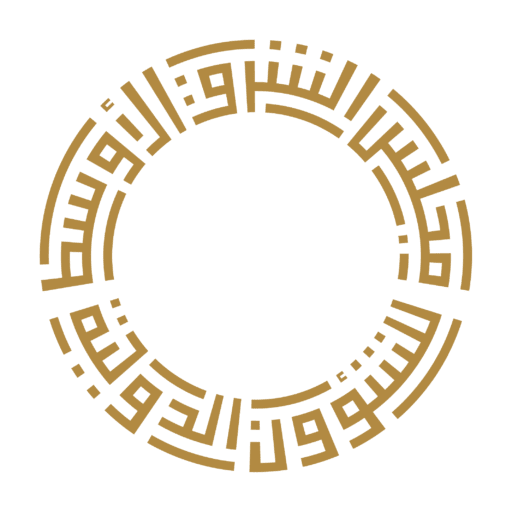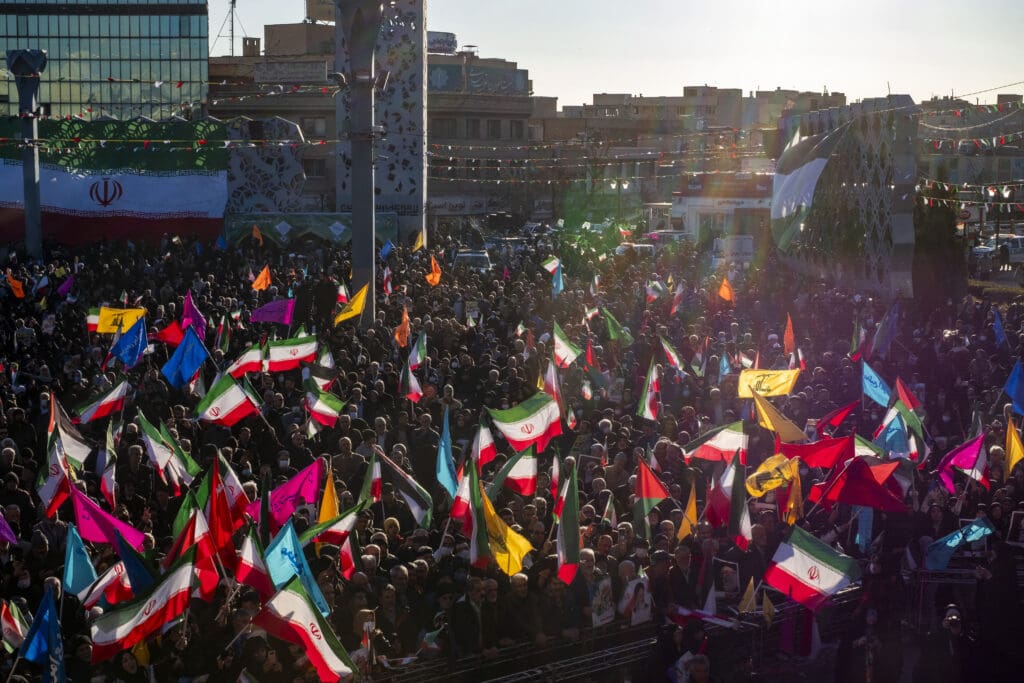Iran’s regional policy is on the backfoot. Years of patronage and investment in the “Axis of Resistance,” a network of friendly actors that share Iran’s hostility toward U.S. hegemony in the Middle East, has unraveled in a short period of time and caught the Iranian regime off guard. While Iran’s leadership scrambles for a response, the chain reaction could continue with other serious repercussions for Tehran, including the possibility of domestic backlash.
The pace of change in the Levant, where Iran has spent decades building up its strategy of “forward defense,” has been staggering. In a short period of time, Hamas has been destroyed as a fighting force in Gaza. Hezbollah, the crown jewel in the Axis of Resistance, is in retreat in Lebanon; its top leadership—including the towering figure of Hassan Nasrallah—has been eliminated, its military arsenal seriously depleted, and its forces relocated north of the Litani River as part of a ceasefire deal with Israel. And in Syria, the half-century-old Assad regime has crumbled in a matter of weeks, cutting off a crucial corridor stretching from Iraq to Lebanon and severing the supply chain to Hezbollah.
Such a monumental change presents Iran with significant challenges. First is the obvious mechanics of patching up the Axis of Resistance. With the loss of the supply chain to Hezbollah, Iran would be unable to offer the kind of large-scale weapons transfer that Hezbollah needs right now. And Syria is not coming back to the Iranian fold. For all intents and purposes, Syria is out of the axis. This leaves Iran with Shia militias in Iraq and Houthis in Yemen.
The second challenge is that Iran has portrayed itself as the leader of the Axis of Resistance, under the mantra of protecting Palestine against Israel, but has failed to act as one. Iran preferred the fighting to be done by proxies and only launched a direct assault on Israel in April 2024, after the Israeli targeting of its diplomatic mission in Damascus, and then later in October. In between, while Hamas was being obliterated and Hezbollah pounded, Iran did not fire a missile at Israel. And when the time came, Tehran was nowhere to be seen to protect its own investment in Syria. This record raises red flags about Iran’s reliability.
The third challenge is existential for the Iranian regime and is brewing risk on the home front. Many Iranian observers and commentators are questioning the past policy of massive spending to help keep Bashar al-Assad in power. Sadegh Zibakalam, a prominent public intellectual in Iran who has served prison time for his views, welcomed the fall of Assad. He argued that the Syrian dictator’s departure signified the end of despotism and was good news for the people of Syria. He went on to say that Assad’s departure was also good for Iran; it put an end to the waste of resources for the “bottomless Axis of resistance.” The latter charge is a recurring theme in the Iranian public discourse.
There is public anger against the official policy of funding and sustaining Iranian allies in the region. Official records in 2020 suggested that Iran had spent more than $30 billion on Syria. Real figures may be much higher. This is a significant source of dissent when the Iranian economy is buckling under the weight of U.S.-imposed sanctions.
Beyond the economy, Iran witnessed a popular uprising two years ago under the mantra of “woman, life, freedom.” The revolt spread like wildfire across the country, demonstrating the depth of public antagonism to the ideological rule of the Islamic regime. It was only suppressed after months of brutal crackdown. But the fire of dissent burns under the surface and is ready to erupt again. Iranian women now openly challenge mandatory headscarf coverings. Public frustration with the failure of the regime to chart a way out of economic stagnation remains an ongoing challenge. Now the military defeats suffered by the Axis of Resistance have shaken the illusion of the regime’s invincibility.
Seeing the fall of one dictator, like Assad, it is not difficult to imagine the fall of one’s own, especially when the relationship between the regimes was so close. One of the chants of the “woman, life, freedom” movement was “down with the dictator,” widely understood to mean Iranian Supreme Leader Ali Khamenei. If, sensing regime weakness, the masses return to the streets like they did in 2022, it will present an existential threat to the ruling regime.
The response to such a threat would likely either be the tried-and-tested method of mass repression or seeking to pacify public frustration and protest through reforms, however cosmetic. The new Iranian president, Masoud Pezeshkian, clearly favors the latter. Yet his hands are tied. Pezeshkian is fully aware that he does not have much room to maneuver. The Iranian parliament is dominated by the conservatives, and even his own administration includes conservatives as ministers in two key positions: interior and intelligence. In addition, any major decision would require the approval of Khamenei, who sits at the apex of the hierarchical political system. In the past, the supreme leader has favored the harsh crackdown method advocated by the Islamic Revolutionary Guards Corps. Any future revolt is likely to follow the same playbook.


